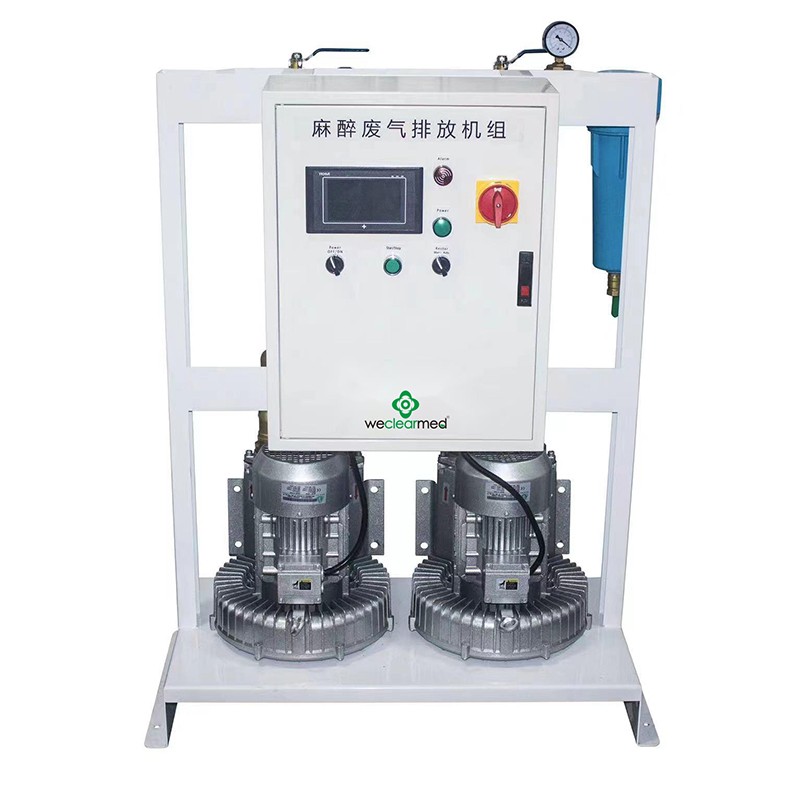Understanding Medical Gas Stations: The Silent Lifeline in Healthcare Facilities
2025-06-18
In the highly controlled and critical environment of hospitals and healthcare institutions, every piece of equipment plays a vital role. Among them, medical gas stations often go unnoticed—yet they serve as the backbone for delivering essential gases that support life, surgery, and treatment every day. In this blog, we’ll explore what medical gas stations are, how they work, and why they’re indispensable to modern healthcare.

What Are Medical Gas Stations?
A medical gas station refers to the centralized or localized outlet system used for supplying medical gases in healthcare facilities. These stations distribute gases such as oxygen , nitrous oxide , compressed air, carbon dioxide , and vacuum suction to different parts of the hospital, including operating rooms, ICUs, patient wards, emergency rooms, and laboratories.
The term “station” may refer to:
Gas source stations (central gas supply systems)
Bedside terminal units (gas outlet points)
Zone control stations (emergency shut-off panels)
Types of Medical Gases Delivered
1. Oxygen : For respiration support in surgeries, ICUs, and patient care.
2. Nitrous Oxide : Commonly used as an anesthetic agent.
3. Medical Air: A purified mix of compressed air used in respiratory treatments.
4. Carbon Dioxide : Used in laparoscopic surgeries and for insufflation.
5. Vacuum : Essential for removing bodily fluids during surgery or emergencies.
6. Nitrogen : Used in powering surgical tools and equipment.
How Medical Gas Stations Work
A typical medical gas station setup involves:
Central Gas Supply System: Bulk gas cylinders, liquid oxygen tanks, or on-site generators store the gases.
Pipeline Network: Stainless steel or copper pipelines safely carry gases to different departments.
Zone Valve Boxes & Control Panels: Allow emergency shutdown and pressure monitoring for each zone or floor.
Terminal Units: Located at the patient’s bedside or operating room walls, these allow safe and easy connection of medical equipment.
The entire system is built to strict standards such as NFPA 99, HTM 02-01, or local healthcare codes to ensure safety, hygiene, and uninterrupted service.
Why Medical Gas Stations Are Critical
Life Support: Oxygen supply is essential for ventilators and respiratory therapies.
Surgical Safety: Anesthetics and suction systems play a vital role in safe operations.
Efficiency: Centralized systems reduce the need for portable tanks and manual handling.
Hygiene & Safety: Built-in monitoring, alarms, and filters ensure clean, contaminant-free gas supply.
Emergency Preparedness: Zone valve boxes enable quick shutoff during leaks or fire incidents.
Key Considerations in Design and Installation
Compliance with medical gas standards
Proper pressure regulation and flow rate
Redundancy systems for continuous supply
Alarm systems for pressure drops or contamination
Periodic maintenance and inspection
Professional installation and regular servicing are crucial to avoid leaks, contamination, or pressure failures.
Final Thoughts
Medical gas stations may not be as visible as MRI machines or ICU monitors, but they are vital to the smooth and safe operation of any medical facility. They are the silent lifeline that ensures patients breathe, surgeries proceed safely, and emergencies are handled effectively.
As healthcare demands grow and technology evolves, investing in a reliable, code-compliant medical gas station system is no longer optional—it’s a necessity.


